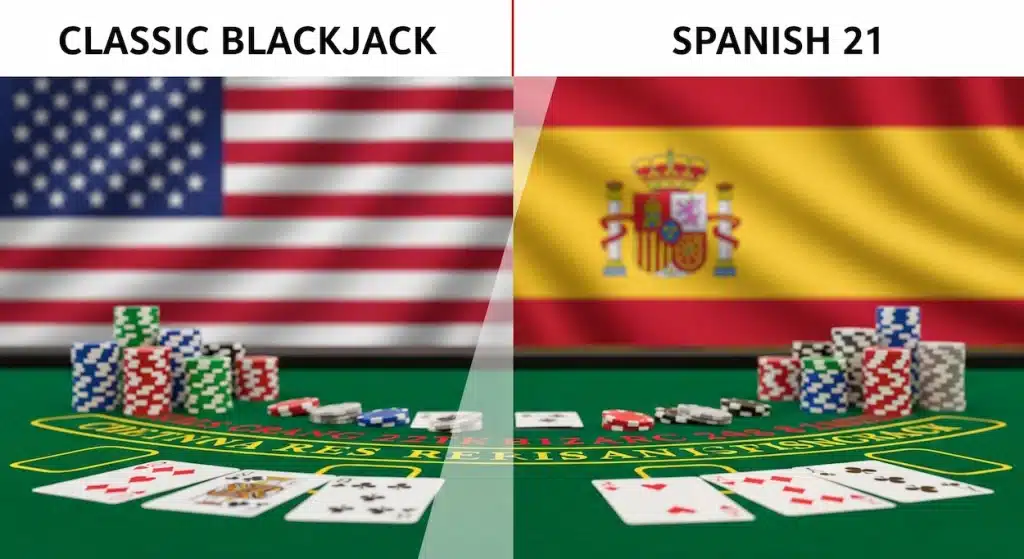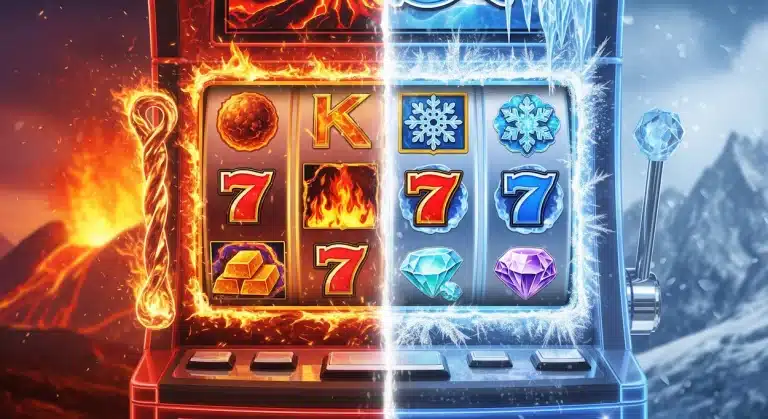Blackjack has long been a casino staple, a game of skill and chance that captivates millions. While Classic Blackjack is the most well-known version, casino floors around the world host a variety of exciting variants. Among the most popular is Spanish 21, a fast-paced game with a unique set of rules that often gives players more opportunities to win. While the goal remains the same—to beat the dealer’s hand without exceeding 21—the journey to get there is quite different. Understanding these key differences is crucial for any player looking to maximize their chances.
The Deck: A Major Distraction
The most fundamental difference between Spanish 21 and Classic Blackjack lies in the deck. Spanish 21 is played with a Spanish deck, which is a standard 48-card deck where all the 10s have been removed. This means the deck consists of cards from 2 through 9, and Jacks, Queens, and Kings. This single change significantly alters the game’s dynamics. In Classic Blackjack, the presence of 10s and face cards makes it more likely for both the player and the dealer to get a blackjack or a strong hand. In Spanish 21, the absence of 10s makes it less likely to be dealt a natural 21. This might seem like a disadvantage for the player, but the rules are adjusted to compensate for this.
Player-Favorable Rules: A Unique Advantage
To make up for the missing 10s, Spanish 21 incorporates several liberal rules that are highly advantageous to the player. These rules are what make the game so appealing.
- Player 21 always wins: In Classic Blackjack, a player’s 21 is a push if the dealer also has 21. In Spanish 21, a player’s 21 is an automatic winner, regardless of the dealer’s hand. This is a significant morale booster and a great rule for the player.
- Player Blackjack always wins: Similar to the rule above, if you get a blackjack in Spanish 21, you are paid immediately, even if the dealer also has a blackjack. This is a departure from the “push” rule in the classic game.
- Double Down Rescue: In Classic Blackjack, once you double down, you are committed to the hand. Spanish 21 offers the Double Down Rescue option. If you double down and are not happy with your hand, you can surrender your hand and lose only the original bet, saving your doubled portion. This provides an excellent safety net for players.
- Doubling Down on any number of cards: While Classic Blackjack typically restricts doubling down to your first two cards, Spanish 21 allows you to double down on any number of cards. This opens up new strategic possibilities. For example, if you hit a soft 16 to get to 19, you can still double down for a chance to get a 21.
- Late Surrender: This rule is also available in some Classic Blackjack games but is a standard feature in Spanish 21. It allows a player to surrender their hand and lose half of their bet after the dealer checks for blackjack. This is a crucial defensive move for a tough hand.
- Re-splitting Aces: In most Classic Blackjack games, you can only split aces once. In Spanish 21, you can re-split aces multiple times. This allows you to create more hands and capitalize on favorable situations.
Bonuses and Payouts: The Flavorful Extras
Spanish 21 also offers a variety of bonus payouts that are not found in Classic Blackjack. These bonuses are paid out for specific card combinations, adding an extra layer of excitement to the game.
- Bonus 21s:
- 5-card 21: Pays 3:2
- 6-card 21: Pays 2:1
- 7-card 21: Pays 3:1
- Suited 7-7-7: Pays a special bonus, often 50:1, if the dealer’s upcard is also a 7.
- 6-7-8 of a suit: Pays 3:2.
These bonus payouts add a level of unpredictability and excitement that’s absent from the standard game. While these bonuses seem tempting, they are statistically rare and should not be the primary focus of a player’s strategy.
The Strategic Shift
The absence of 10s and the abundance of player-friendly rules fundamentally change the basic strategy for Spanish 21. Because there are fewer high-value cards, players are encouraged to hit on hands that would be considered a “stand” in Classic Blackjack, particularly hard totals of 16 and below. The liberal doubling down and surrender rules also change a player’s decision-making process. The best way to approach Spanish 21 is to study a specialized basic strategy chart tailored to the game’s unique rules.
In conclusion, Spanish 21 is a thrilling variation of Classic Blackjack. While the missing 10s may initially seem daunting, the generous rules, re-splitting options, and bonus payouts provide a dynamic and player-friendly experience that often has a lower house edge than its classic counterpart. For those looking to try something new, Spanish 21 is a game that offers a different strategic challenge and a lot of fun.







